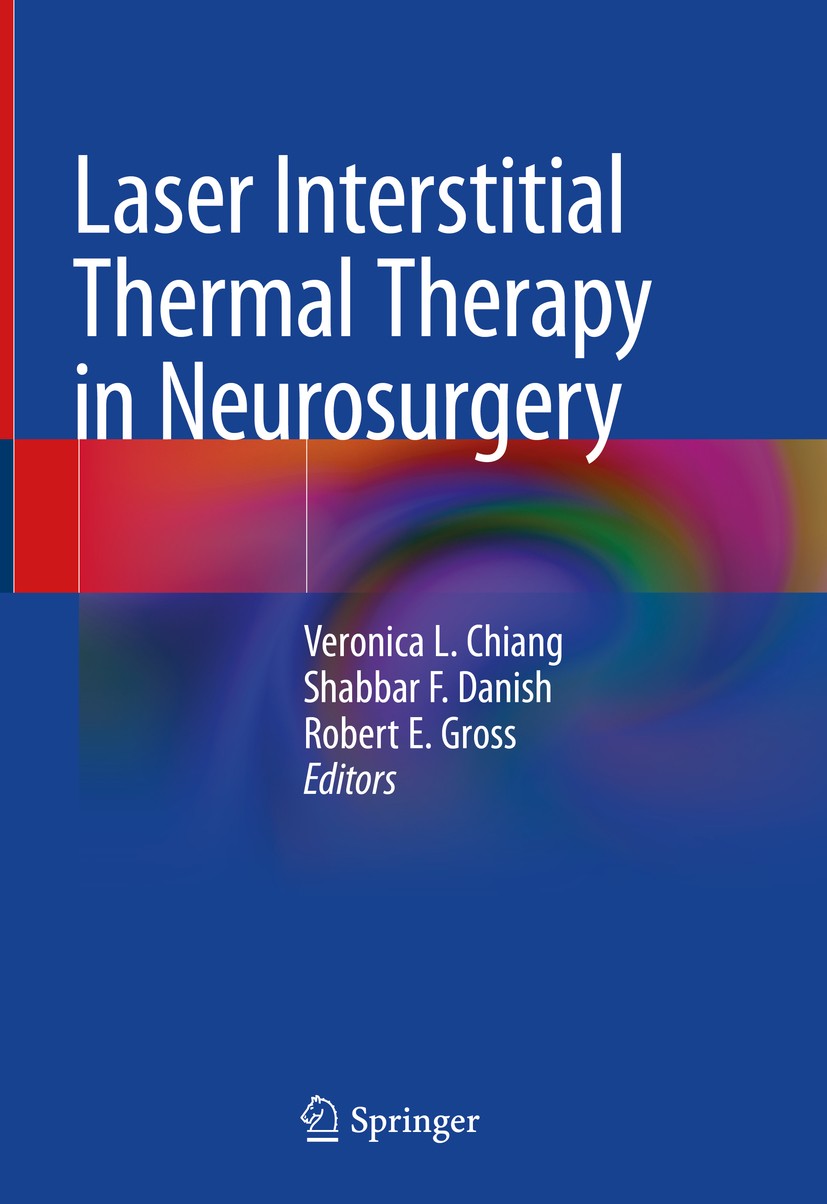| 书目名称 | Laser Interstitial Thermal Therapy in Neurosurgery | | 编辑 | Veronica L. Chiang,Shabbar F. Danish,Robert E. Gro | | 视频video | http://file.papertrans.cn/582/581524/581524.mp4 | | 概述 | The first text devoted to the use of LITT for treatment of intracranial pathologies..Written by experts in their specific neurosurgical subspecialties..Addresses cost-effectiveness and future directio | | 图书封面 |  | | 描述 | This book serves as a foundation for MRI guided laser interstitial thermal therapy (LITT) across neurosurgical diseases. It provides state-of-the-art information on the latest indications and results for LITT in CNS applications, as well as prerequisite historical perspective and technical fundamentals. Written by experts in the field, the text reviews the historical development of LITT, the technical and technological components required to perform LITT, its indications and contraindications, areas that still require investigation, LITT complications, and challenges to starting up LITT within one’s practice. As early adopters of the technology, the authors provide sage advice that reflects the initial learning curves of many of the users. The book then concludes with a practical guide to starting up a LITT practice in the current medical socioeconomic environment. .Laser Interstitial Thermal Therapy in Neurosurgery. is a guide that willallow all neurosurgeons interested in LITT to successfully adopt the technology and incorporate its use seamlessly, safely and appropriately into their individual practices.. | | 出版日期 | Book 2020 | | 关键词 | - Laser Fundamentals; Visualase; LITT; Metastatic In-Field Recurrence; LITT for Gliomas; Metastatic Tum | | 版次 | 1 | | doi | https://doi.org/10.1007/978-3-030-48047-9 | | isbn_softcover | 978-3-030-48049-3 | | isbn_ebook | 978-3-030-48047-9 | | copyright | Springer Nature Switzerland AG 2020 |
The information of publication is updating

|
|
 |Archiver|手机版|小黑屋|
派博传思国际
( 京公网安备110108008328)
GMT+8, 2025-12-15 09:57
|Archiver|手机版|小黑屋|
派博传思国际
( 京公网安备110108008328)
GMT+8, 2025-12-15 09:57


